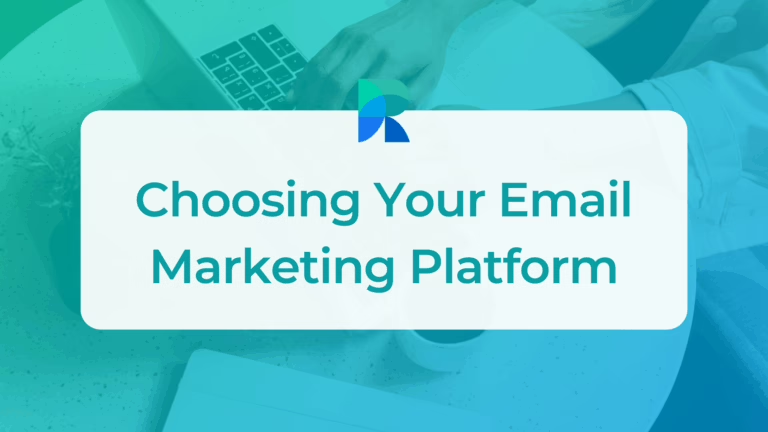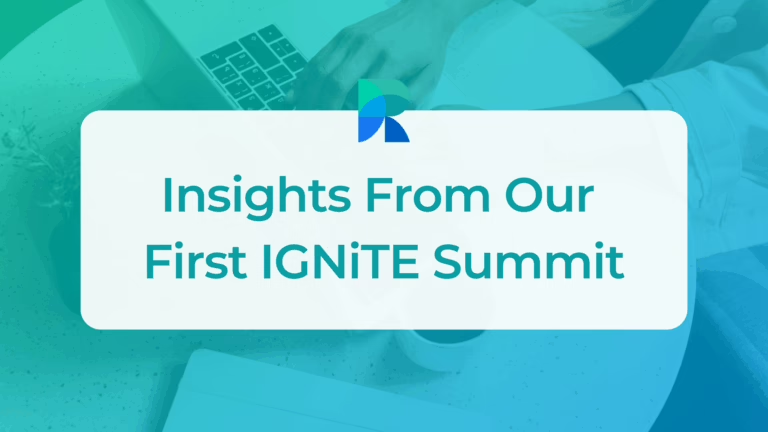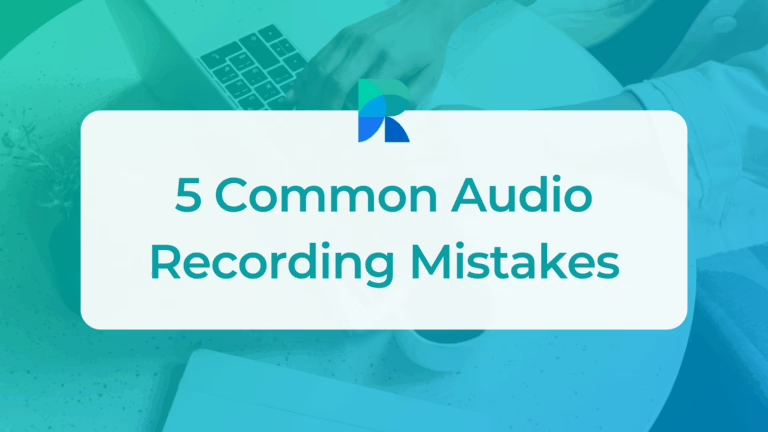Thinking about starting an email newsletter? Whether it’s for your personal brand, your business, or a mix of both, it’s a smart move.
In this post, we’ll walk through the most popular email newsletter platforms and help you choose the one that fits your goals and technical comfort level.
Why Email Newsletters Still Matter
Social media reach is unpredictable. When you publish a post, only a small percentage of your audience might actually see it. But with email, when you send a message, it lands in every subscriber’s inbox.
Not everyone will open it, but everyone receives it. That makes email one of the most reliable ways to stay connected with your audience.
Email newsletters also give you more time and space to build trust. Whether you’re a content creator, coach, consultant, or business owner, it’s one of the best tools to nurture relationships beyond quick social posts or occasional networking events.
As part of our Favorite Teacher Framework, we always recommend creating a simple way to collect emails and deliver ongoing, helpful content to that list.
Newsletter Platform Options: From Simple to Advanced
There are four main types of tools to consider, depending on how much control you want and how technical you’re willing to get.
1. LinkedIn Newsletters
If you’re already creating content on LinkedIn or working in a B2B space, LinkedIn newsletters are a great place to start.
What’s great:
- Built into LinkedIn
- No setup required
- Automatically sends to subscribers
What’s limiting:
- You don’t own the email list
- Little to no design control
- Your audience is tied to LinkedIn accounts
This is best for professionals just getting started or those testing the waters with email content.
2. Substack
Substack blends email newsletters with a simple blogging platform. You can create a standalone publication that lives on a public URL and grows an email list you own.
What’s great:
- Easy to use
- Readers can discover you through Substack’s platform
- You can offer free or paid subscriptions
- You control your list and can export it anytime
Substack is ideal for creators who want something more independent than LinkedIn but don’t want to deal with code or backend setup.
3. Ghost
Ghost is an open-source publishing platform that functions like Substack, but with more customization and ownership. You install it on your own hosting account and have full control over the design and features.
What’s great:
- You own everything
- Fully customizable
- Combines content and email in one place
What’s more complex:
- Requires setup and some technical knowledge
- You’ll need to manage hosting and updates
Ghost is best for technically-minded creators or businesses who want a content hub that includes a newsletter, blog, and full branding control.
4. ConvertKit and Mailchimp
These are full-featured email marketing platforms that work well for newsletters, especially when used as part of a broader marketing strategy.
At Roloff Consulting, we use Mailchimp to send out our newsletter because it ties into our larger content system. We often repurpose blog posts, videos, or new insights and send them directly to our list.
What’s great:
- Advanced automation and tagging
- Custom forms and landing pages
- Scalable for growing lists
What’s less ideal:
- No clean public archive of past issues
- More of a marketing tool than a newsletter platform
ConvertKit and Mailchimp are excellent for business owners who want to integrate their newsletter into a lead generation or customer journey flow.
So Which Platform Should You Use?
Here’s a quick way to think about it:
- If you’re just getting started: Try LinkedIn Newsletters or Substack
- If you want more control and branding: Use Substack or Ghost
- If you’re using it for business or want full email marketing features: Choose ConvertKit, Mailchimp, or your CRM
Final Thought: Deliver Consistent Value
Choosing a platform is important, but it’s just the beginning. What really makes a newsletter successful is knowing your audience and sending them consistent, useful content.
Whether you’re repurposing blog posts, sharing helpful resources, or sending original insights, your newsletter can become the backbone of your digital strategy.
If you’re ready to build trust and grow your business through educational content, starting with the right platform is a great first step.



